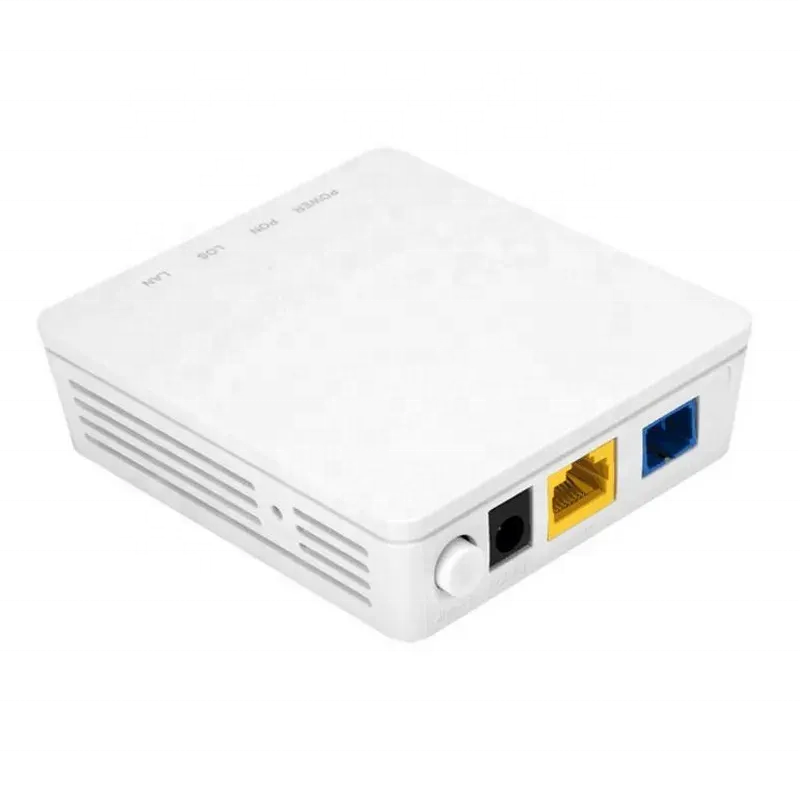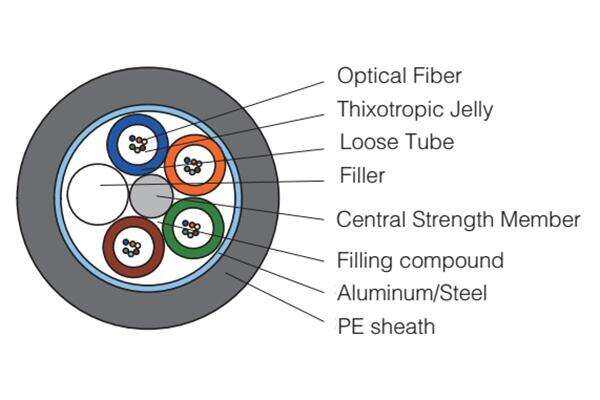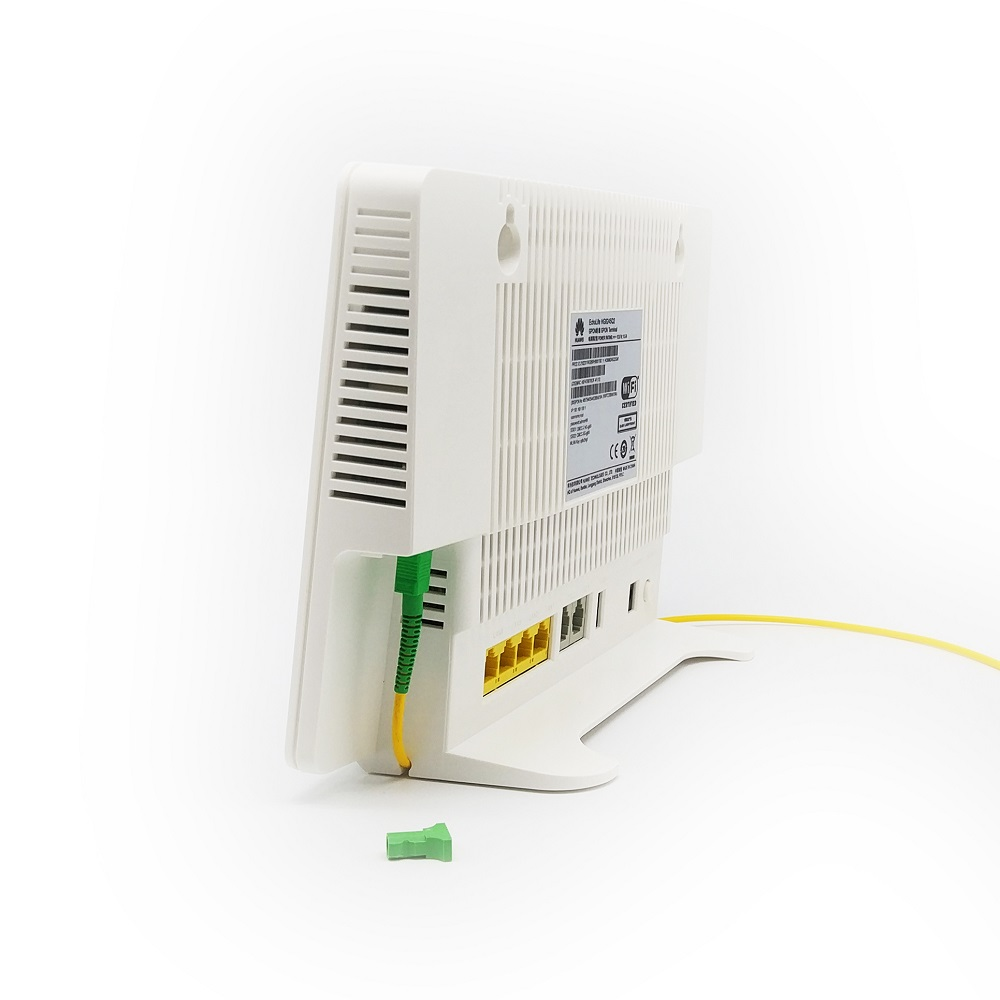καλωδίο ftth
Το καλωδίο Fiber to the Home (FTTH) αποτελεί το ακρογωνιαίο λιθό της σύγχρονης υποδομής τηλεπικοινωνιών, προσφέροντας εξαιρετικά γρήγορη σύνδεση διαδικτύου άμεσα σε κατοικίες. Αυτό το προηγμένο σύστημα οπτικών καλωδίων αντικαθιστά τα παραδοσιακά καλωδία καπέλλου, επιτρέποντας τη μετάδοση δεδομένων μέσω φωτικών σήματος με ανεπίσημες ταχύτητες. Τα καλωδία FTTH αποτελούνται από πολλά στρώματα, συμπεριλαμβανομένου του πυρήνα που φτιάχνεται από υπερκαθαρά γυαλικά ή πλαστικά, περιβάλλονται από κλάδινγκ και προστατευτικές επιμάχειες που εξασφαλίζουν την ακεραιότητα του σήματος και την φυσική βιωσιμότητα. Αυτά τα καλωδία μπορούν να μεταφέρουν δεδομένα σε μεγάλες αποστάσεις με ελάχιστη απώλεια σήματος, υποστηρίζοντας εφαρμογές με υψηλές απαιτήσεις πλάτους συνδεσιμότητας όπως το streaming βίντεο 4K, την εικονική πραγματικότητα και το cloud computing. Η τεχνολογία λειτουργεί μετατρέποντας ηλεκτρικά σήματα σε φωτικά δάσκαλα, τα οποία ταξιδεύουν μέσω του πυρήνα οπτικού καλωδίου με τη χρήση της ολικής εσωτερικής ανακλάσεως, πριν να μετατρέπονται ξανά σε ηλεκτρικά σήματα στον προορισμό. Τα καλωδία FTTH υποστηρίζουν συμμετρικές ταχύτητες, με τις οποίες οι ταχύτητες μεταφοράς και λήψης μπορούν να φθάνουν σε πολλά gigabits ανά δευτερόλεπτο, υπερβαίνοντας κατά πολύ τις δυνατότητες των παραδοσιακών λύσεων με βάση καπέλλο. Αυτή η υποδομή είναι προετοιμασμένη για το μέλλον, με την ικανότητα να ανταποκριθεί στις αυξανόμενες απαιτήσεις πλάτους συνδεσιμότητας για δεκαετίες.


